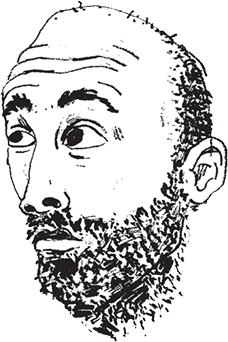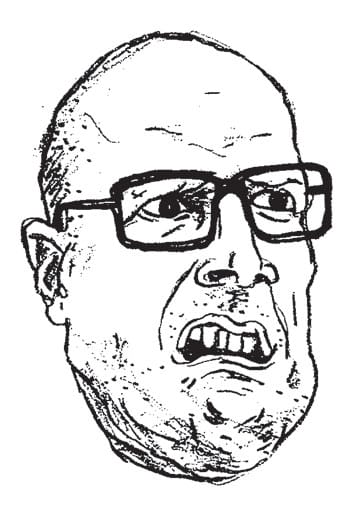Tell us, what’s the visual story that you’re working on?
“The project is called This Is Not Real Life and is about Longyearbyen in Spitsbergen, Norway. Its the world’s northernmost city and is located only 1400 kilometers from the North Pole. Because of it’s location there are seasons were the sun won’t rise or set for months. I once read a book about the place and was fascinated. So I bought a plane ticket and went. It’s not a place where people live typical lives. For instance, it’s not possible to be born or to die there. Pregnant women are to return to the mainland to give birth due to the lack of health care. Of course you can die everywhere, but getting buried in Spitsbergen is impossible because of the permafrost. Bodies freeze and fail to decompose. Although it’s difficult to see Spitsbergen as the best place to live, many people fall in love with it at first sight. But you can’t help to think that the people here are trying to escape from something, that this is just a retreat.”
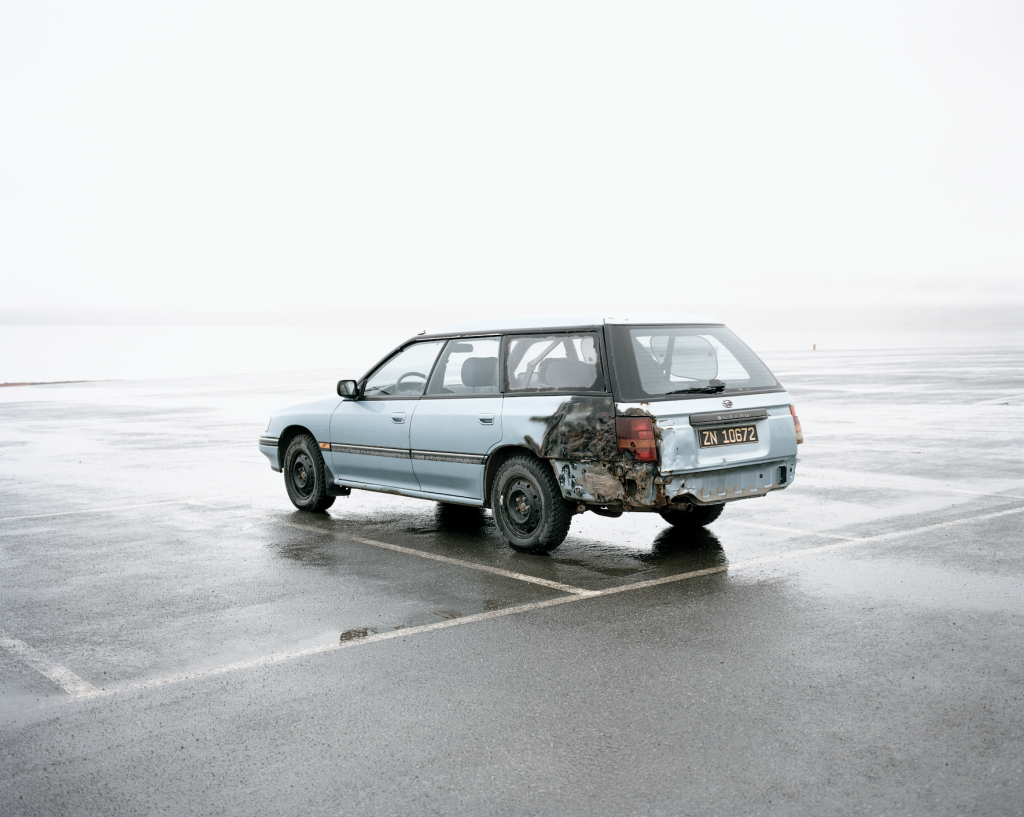
That sounds like an adventure. Did you have exciting things happen to you on your Northern quest?
“Yes. It was February and after a long period of darkness, the sun was coming back. As you can imagine, everyone gets really excited. Some people, including me, took their scooter for a drive. Everything went well until one point, when I’d mistaken the gas for the breaks. The next moment I flew over a bunch of stones. But hey, I survived. A little later there was another scary moment. We saw a polar bear, luckily from a distance. They’re very dangerous, so every local carries a gun when they go out of town. That’s why I always try to hang around local people. Because if I were alone and would have an up close and personal encounter with a polar bear, I wouldn’t know what to do. I’d probably shoot myself instead of the bear. Haha.”
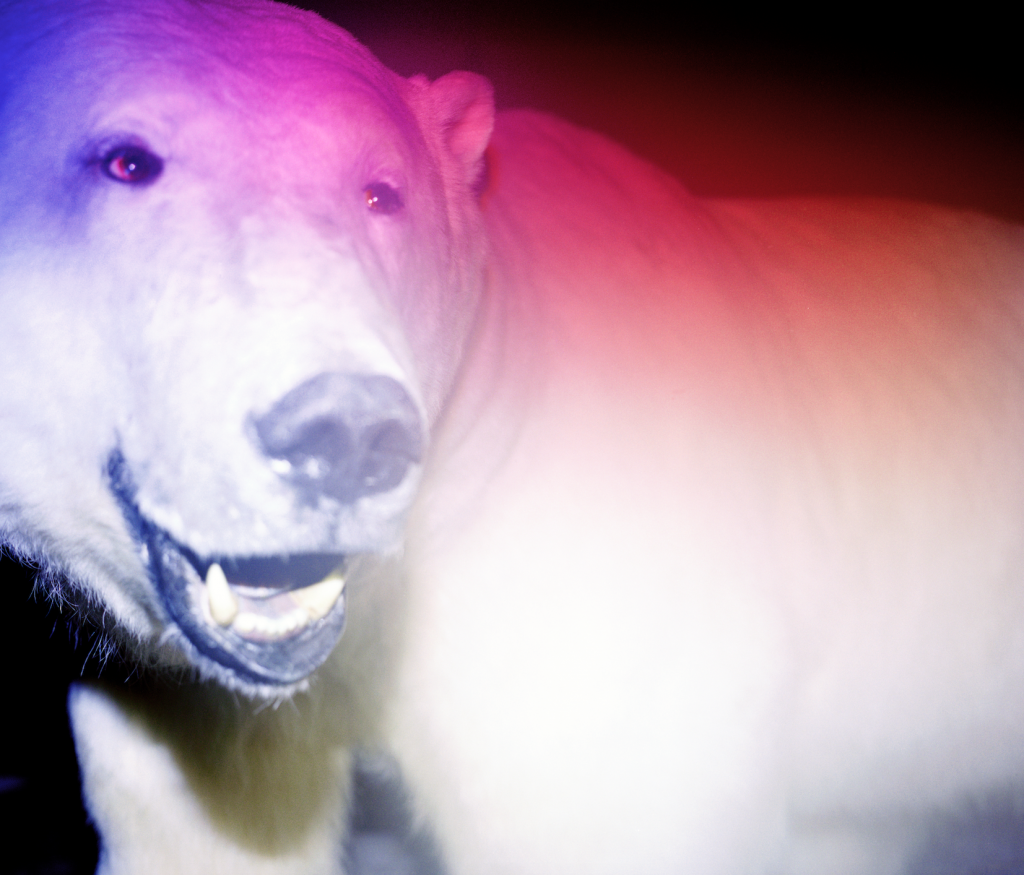
Where does your passion for photography come from?
“It’s quite a cliché story. As a little girl I one day found an old camera in my parents’ closet. Straight away I took it to a photographer in town to explain to me how it worked. After that, I just took photos of everything. When I was older I attended a lot of workshops and photography courses, but didn’t study photography straight away. That wasn’t until 2012, when I came back to Poland after five years Barcelona. Now I’m a third year student of the Institute of Creative Photography in Opava, Czech Republic. It’s really exciting to make a study out of my passion. Before I was studying economics, which was a bit boring as you can imagine.”
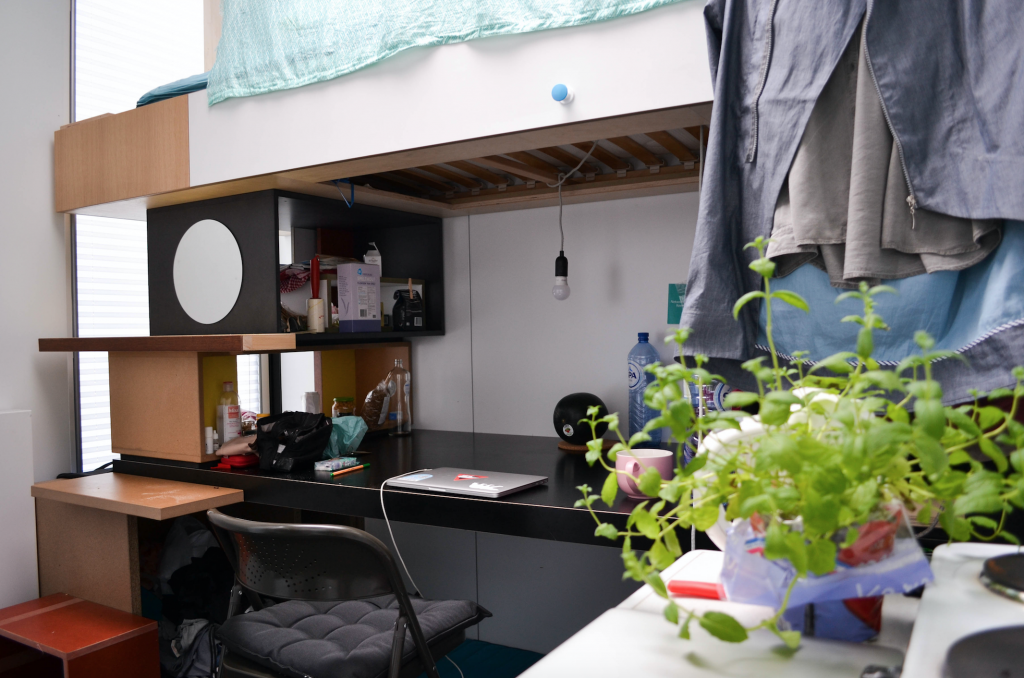
You’re living in a tiny hub of 9m2. What were you thinking?
“My first thoughts were: “Where am I going to take a shower, go to the toilet or cook my healthy meals?”. Just the necessities of daily life. But that turned out pretty well. I use the facilities of Volkshotel, so toilet wise I try not to drink that much before I go to sleep. Otherwise I have to get out of bed in the middle of the night. I take my daily showers at Badplaats on the roof. The other day I even took a bath in the hot tub. So I can’t complain really.”
How is being a docker helping you in your work?
“Well, it’s great for your creativity. Besides all the great workshops and inspiring people you meet through Docking Station that help you with your work, it sometimes feels like being in your childhood again. I’m living in a small treehouse, I’m outside constantly and I ride my bike through town. I even fell down the other day and bruised my knee. So yeah, for one month I really feel like a child. When you’re home, there’s always something else to do. Here your mind is free to be inspired. And of course, Amsterdam has a lot to offer in the creative area. Art events, expo’s and museums. You can’t really get bored here.”
Everyone has hopes and dreams. What are yours?
“At the moment I earn my money with ‘normal’ work. To then spend it on my photography projects. I’d love to balance this better, but it’s difficult. It would be great to someday have the possibility to earn money with my passion. Also, I’m planning to make a book out of my Spitsbergen project. I’m really attached to this idea. And it’s great to meet people through Docking Station that could help me with that in the future.”
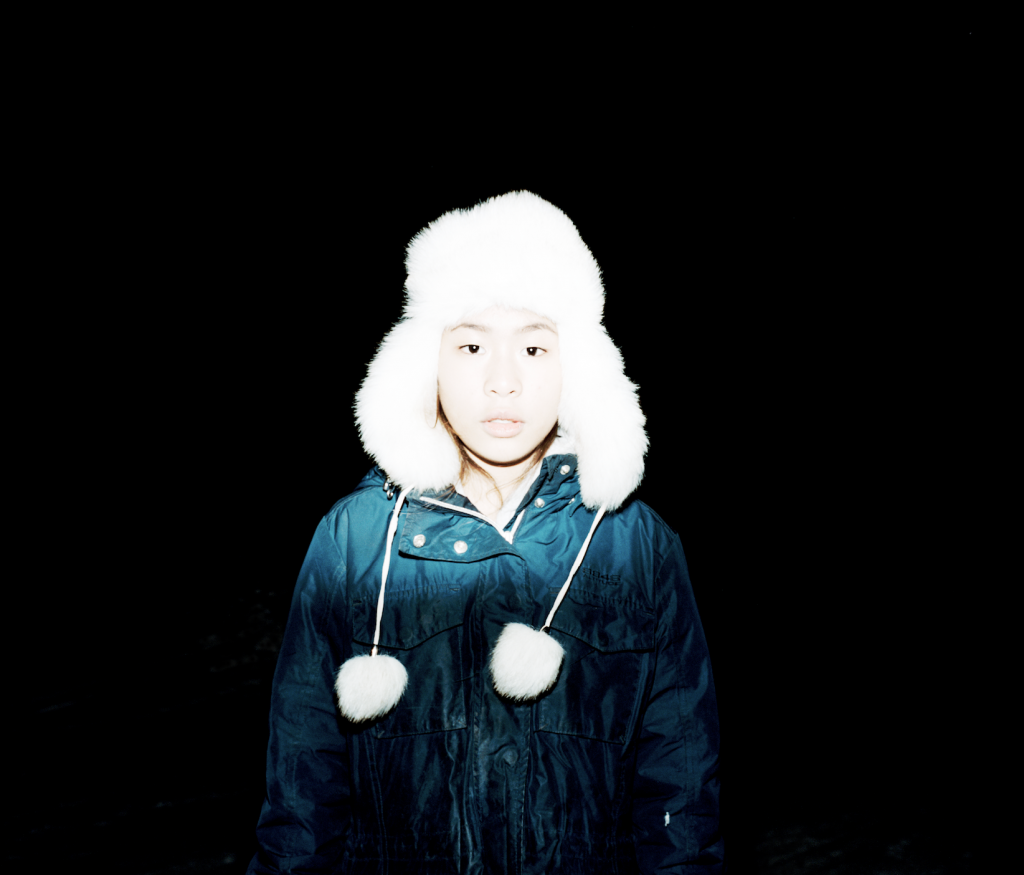
We’re curious. How does the story end?
“After Docking Station I’m going back to Spitsbergen packed with new ideas and fresh approaches. I’m quite excited, because this is during the dark period. So I can’t tell you the ending yet. It would be a spoiler. You just have to wait for my book.”
Dominika has already left Volkshotel grounds, but every month a new docker calls the hub it’s home as part of Volkshotel’s annual Artist in Residence project. Check out www.dockingstation.today to see what story is evolving under your nose this very moment.
Dominika Gesicka
This Is Not Real Life
www.dominikagesicka.com
www.peopleyoumayknow.org
Docking Station
Marga Rotteveel & Anaïs López (founders)
www.dockingstation.today

